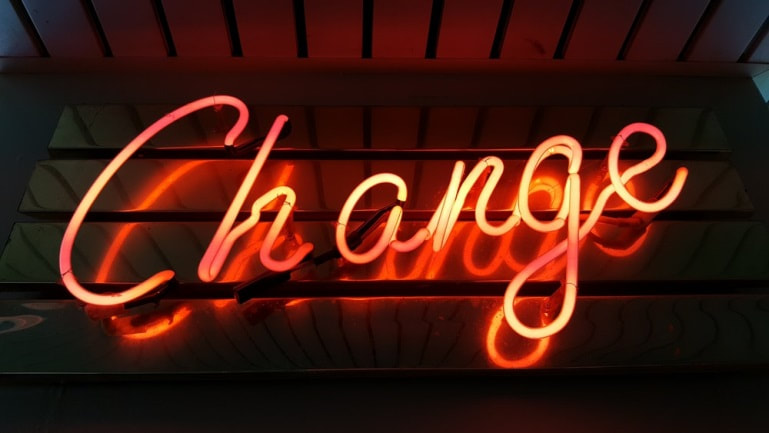Here are four key lessons learned on change from helping lead a global Fortune 50 corporation’s employee engagement journey. During that eight-year time-frame we went from 1 out of 2 of our 90,000+ employees being engaged to more than 4 out 5. We also saw higher performance and successfully weathered “The Great Recession.”
A true employee engagement journey requires change in:
1. Culture – the accepted or perceived way we do things here. Change has two major sets of barriers - obstacles and objections. Obstacles are easy to see and identify. People typically articulate obstacles by saying something like, “I can’t make that change because you have not done or provided ______” (fill in the blank). Obstacles are usually tangible things like time, resources, training, documentation, etc. Responsibility is solely placed on another leader or process owner to fix these obstacles before change can proceed. People try to maintain their current behaviors until the perfect solution and ‘all’ obstacles are eliminated.
Objections, on the other hand, are less overt. They are typically exhibited – not by words but by attitude and behavior that send the strong message – “I don’t want to change the way I currently do it.” It’s here where personal beliefs, priorities, authority, and behavior are challenged. Objectives are powerful - can wreck change initiatives – and create distractions & execution waste.
Real culture change for employee engagement takes place when organizations pro-actively address those individuals (employees and leaders) who only superficially embrace the desired change. It’s when desired engagement behaviors are no longer optional, nice to do, or only done when it’s convenient.
2. Strategic intent of employee survey. We decided to play more ‘offense’ and use the employee survey to help determine leading indicators to drive higher performance. In the past, we had played more defense and used the survey to simply identify warning signs or evaluate programs/initiatives. Clear expectations were also set for leaders to open their survey results on-line; share high-level results with employees; solicit feedback; document an action plan; and execute action items in a timely manner. These actions were measured with a simple interim Pulse survey.
3. Cycle time and content. We totally redesigned our Employee Opinion Survey (EOS) by using 6 Sigma methodologies and an outside vendor. Our VOC (voice of the customer) told us they wanted changes such as: easier ways to take the survey; faster turnaround of results; ownership of every question; and support tools post survey. Over several years, we transitioned to 100% on-line; high level reports were available in one business day; every question had ownership (functional area or level of leadership); pre-populated individualized on-line PowerPoint presentations were available for each leader; and a dedicated web-based action planning tool was developed and rolled-out.
4. When success is declared. Sustainable engagement only occurs when four things are RIGHT. Employees and leaders do the right thing (aligned to goals and values), at the right time, the right way (following desired policies, procedures, and processes), for the right reason (commitment compared to compliance). It was not just hitting a number on the employee survey.
So are your engagement efforts:
- Addressing both obstacles and objections to change needed for high-level employee engagement?
- Playing more offense or defense with your measurement tool and survey content?
- Responding to your internal Voice of the Customer (VOC) needs and wants?
- Focused on sustainable engagement and the four Rights of Engagement?
Tomorrow - Lessons learned on Limiting Beliefs on An Employee Engagement Journey.


 RSS Feed
RSS Feed


